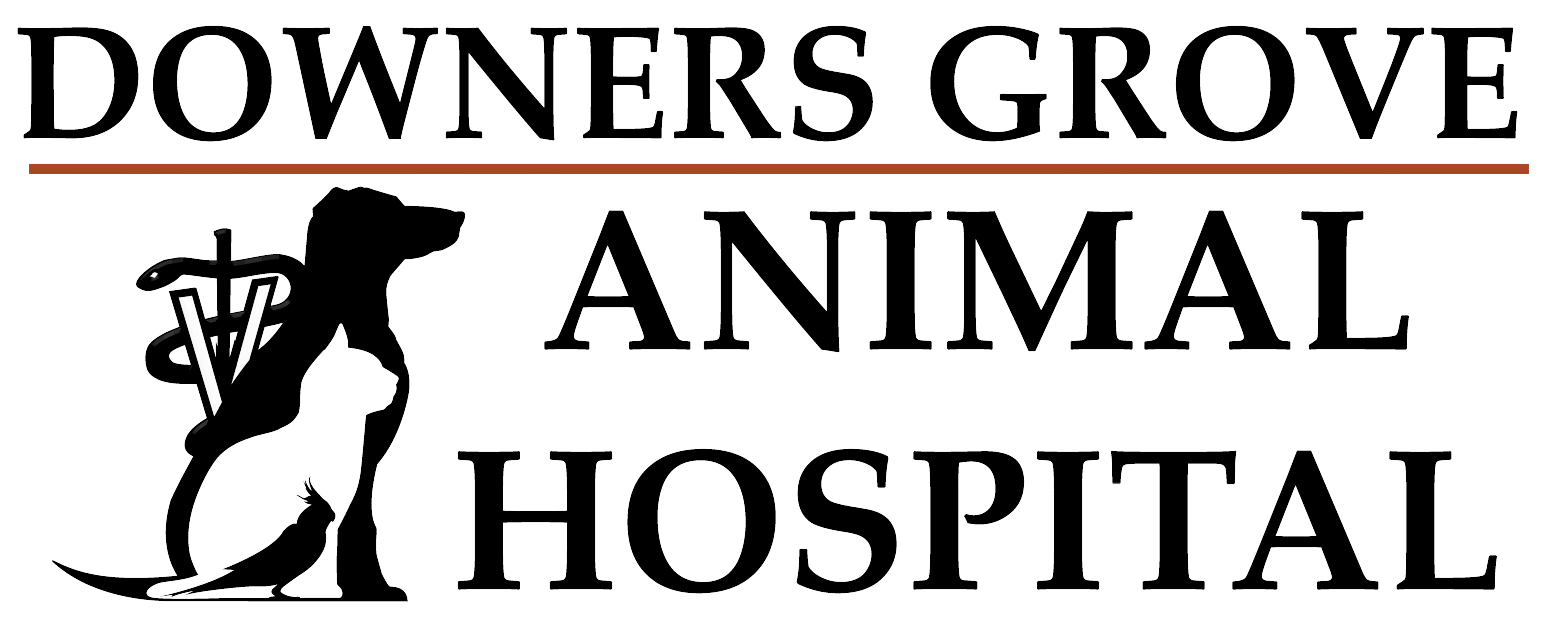Canine Parvovirus is a viral disease of dogs. Parvovirus is capable of causing two different sets of clinical problems. The first to be recognized, and most common, is the intestinal form, which is manifested by diarrhea (often bloody), vomiting, loss of appetite, depression, fever, and sometimes death. The second syndrome, the cardiac form, occurs in very young puppies and presents with inflammation of the heart muscle. Any age, breed or sex of dog can be infected with Parvovirus, but infection does not always cause illness. Several factors such as age, environment, stress, parasite burden, and general health status affects the severity of illness. Infection can range from unapparent to very severe, often resulting in death. This disease is usually more severe in young dogs (less than 6 months of age).
People are not known to be affected by canine Parvovirus. The virus resistant to extremes of temperature (i.e., it survives freezing and extreme heat) and is unharmed by detergents, alcohols and common disinfectants. Direct transmission occurs when an infected dog comes in contact with a healthy dog. The virus is found in heavy concentration in the infected dog's stool. The virus particles can be easily spread on shoes, clothing and other inanimate objects. Fleas, as well as people, can therefore act as indirect sources of infection.
Oral Phase:
The disease process begins with ingestion of Parvovirus from the feces of an infected dog. The virus initially invades the lymph glands of the throat (lymph nodes and tonsils) where it multiplies. Following multiplication in the lymphatics for l to 2 days, the virus then enters the blood stream, which causes the VIREMIA phase (virus in the blood).
Viremia Phase:
This phase is characterized by massive amounts of virus in the dog's bloodstream, which in turn is spread to all parts of the body, such as, the intestine, bone marrow, spleen, other lymph nodes and the heart (in young pups less than 8 weeks of age). As infection spreads, the symptoms of illness become apparent. Viremia phase can last for approximately 1 to 9 days.
Contagious Stage:
The final phase in this cycle is the contagious or "shedding" phase. As many as 30 billion Parvovirus particles can be shed from the intestines of an infected dog in every ounce of stool. The highest concentration of virus in the stool is seen when the infected dog is showing signs of illness. A dog can, however, be a source of infection to other dogs without having observable signs of illness. Transmission can occur for at least 3 weeks after a dog becomes infected with the virus. Chronic carriers are not known to exist as in other viral diseases. Parvovirus in the environment can infect susceptible dogs for many months once shed in the stool.
Early, vigorous treatment of illness caused by canine Parvovirus infection is imperative since vomiting and diarrhea can lead to dehydration and electrolyte imbalance in the body. If your dog shows these signs, see your veterinarian. Early treatment can save lives.
Cardiac Form (less than 8 weeks of age)
- Crying, difficulty breathing, gasping for breath
- Extreme depression
- Weakness
- Unwillingness to nurse
Intestinal Form (any age dog affected, but more severe in puppies)
- Depression
- Loss of appetite
- Fever (above 103 degrees F)
- Vomiting
- Diarrhea with or without blood (more serious if blood present)
Control of Parvovirus by sanitation measures alone is extremely difficult because the virus is such a resistant, hardy organism and because it is so easily spread. Contact with other dogs and especially their stool, should be minimized. Bleach diluted one part to 30 parts with water has been effective in disinfecting inanimate objects such as clothing, floors, kennels, etc. However, it is impractical, if not impossible, to disinfect public streets, parks, etc. Isolation of infected dogs is another method of control, although moderately effective. Both of these measures will help reduce the amount of contagious virus in the environment, but only vaccination will control the actual source of infection, the contagious shedding dog.
The most effective control measure for canine Parvovirus disease is vaccination. A properly immunized dog will have circulating antibodies in the blood that will destroy Parvovirus following exposure. Maternal antibodies against Parvovirus are passed from the mother to the puppies through the "first milk" or colostrum. They provide the puppy with an immediate temporary or "passive" immunity. However, maternal antibody is a double-edged sword; it protects the puppy against disease early in life, but it also blocks active immunization. In the case of Parvovirus, maternal antibody can interfere with vaccination for as long as 14 to 16 weeks of age in some pups. A refractory period can exist in some puppies where very low, almost undetectable levels of maternal antibody will inhibit the vaccination process but will not prevent Parvovirus infection. Since the level of maternal antibody varies from puppy to puppy, it is important to begin vaccination at an early age and repeat every 2-3 weeks until the puppy is at least 16 - 18 weeks old.
